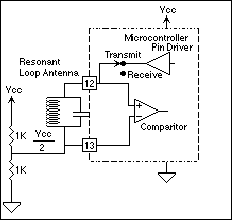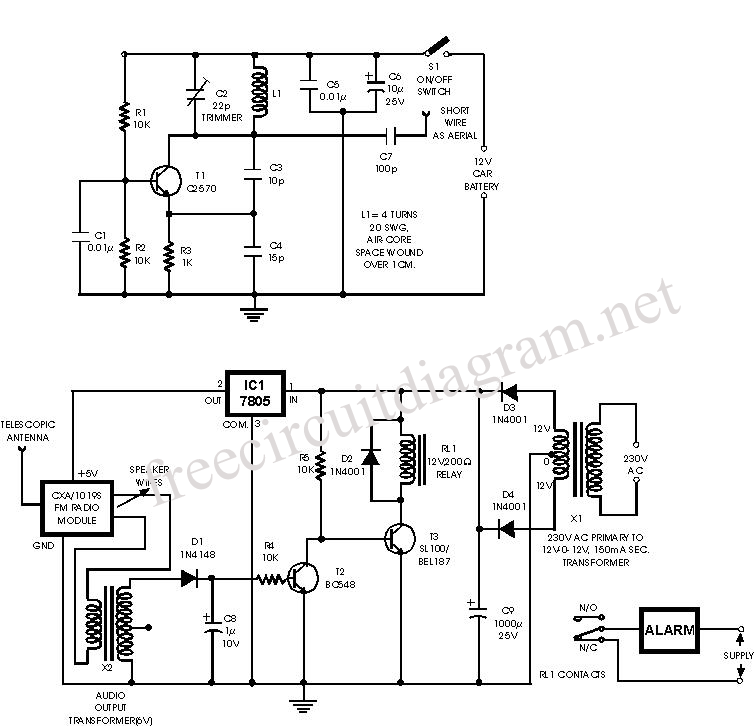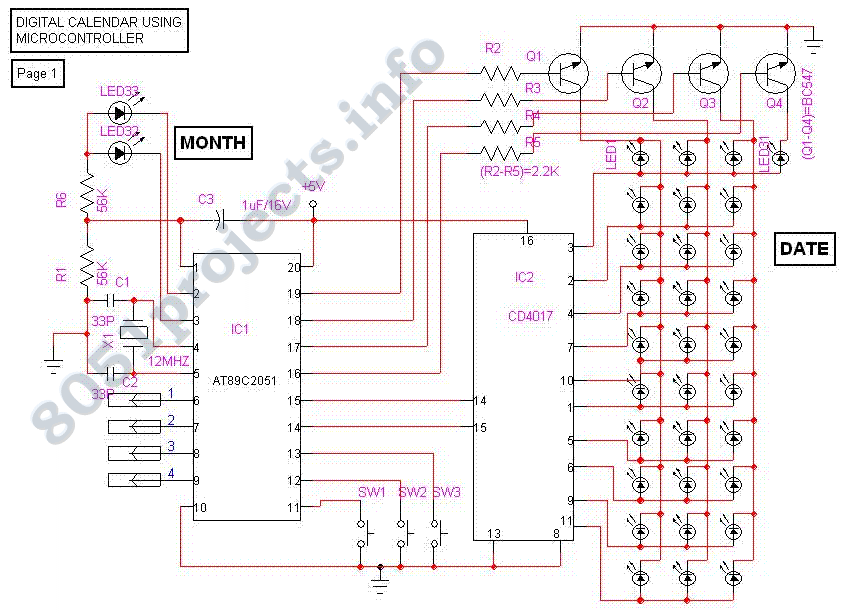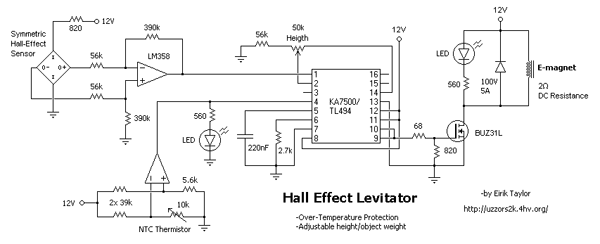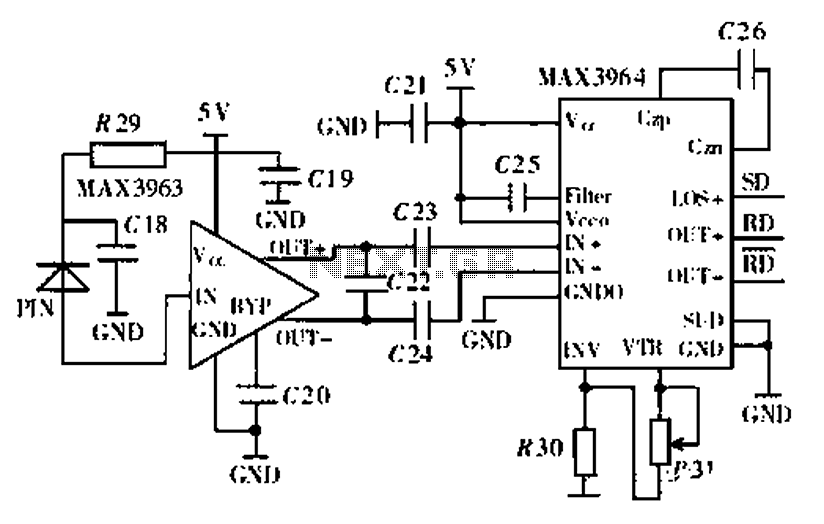
Wireless Communication Hobby Projects
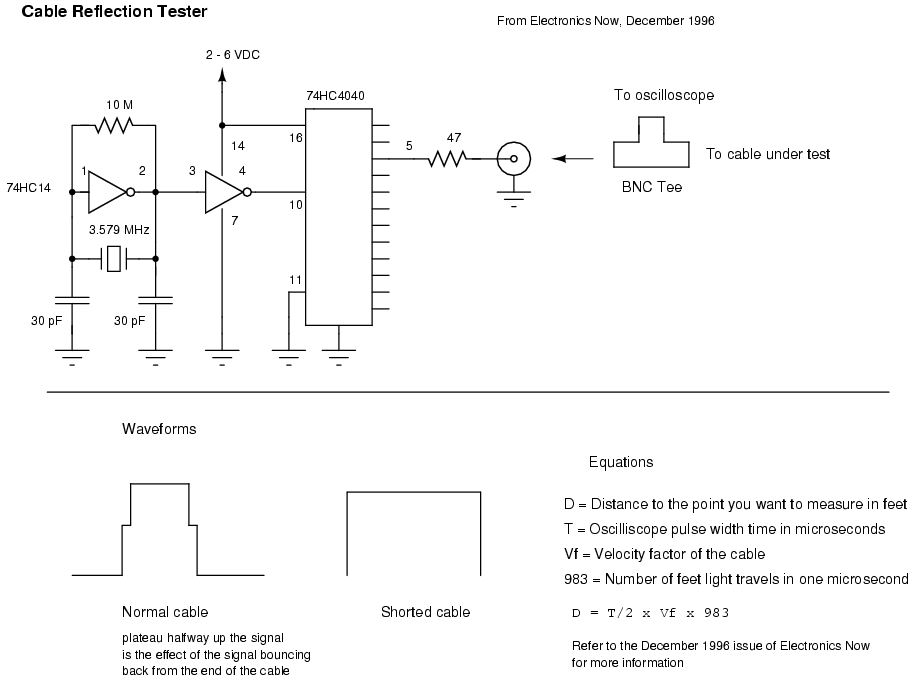
Another method of testing the received signal strength on a Symphony-based wireless network is with a homebrew signal meter. The National LMX2240 Intermediate Frequency Receiver has a pin called "RSSI Out." RSSI stands for Relative Signal Strength Indicator and provides a voltage output that indicates the received signal strength. A weakly received signal results in a low voltage output from the RSSI, while a strong signal produces a higher voltage. Unfortunately, this output is only active during the receiving phase and inactive during transmission, causing the RSSI output to appear as a series of spikes. To average these spikes, a modulation meter, a common piece of test equipment found on a technician's bench, can be utilized. Modulation meters convert received audio signals into a DC voltage that reflects modulation. By inputting the RSSI spikes into the meter and adjusting its ballistics, a rudimentary signal meter can be created. The modulation meter referenced is based on the Mark Weiss design. Additionally, attenuator pads can be constructed to simulate real-world signal loss when testing wireless network links. Commercial inline attenuators from Mini-Circuits, rated for 2 Watts of power, DC - 18 GHz, and equipped with built-in SMA connectors, can be purchased for approximately $37 each. Combining attenuator pads can enhance overall attenuation. Long lengths of high-loss cable, such as RG-174, can also serve as attenuators. Higher wattage resistors can manage increased RF power, although frequency response may deteriorate due to parasitic reactances. Lower wattage resistors can handle higher power in brief durations (milliseconds), which is typical in most wireless network applications. A schematic for a homebrew cable reflection tester, published in the December 1996 issue of Electronics Now, is useful for checking coaxial cable runs for shorts or impedance mismatches. This device operates by sending a pulse down the cable and then monitoring the return signal on an oscilloscope to determine the distance to a short or impedance mismatch using basic distance = time x speed equations. It is essential to divide the time by 2 and consider the cable's velocity factor. Additionally, 2.4 GHz wireless link analysis can be conducted using $99 wireless audio/video transmitters from Radio Shack (part number 15-1971), which transmit approximately 1 mW at frequencies of 2.411, 2.434, 2.453, and 2.473 GHz. These transmitters can be modified for an external antenna output jack, similar to the Symphony, and their output RF power can be increased to around 60 mW. A portable CD player and audio amplifier/speaker can be used to verify the feasibility of a 2.4 GHz link in the testing environment, although this method may not provide entirely accurate analysis due to the narrow bandwidth of audio. Furthermore, a homebrew spectrum analyzer can be constructed using an old VCR tuner module, covering frequencies from approximately 80 MHz to 920 MHz, with slight variations depending on the tuner manufacturer. It requires an oscilloscope capable of X/Y mode with DC input and a receiver that can tune around 47 MHz AM, which can also be modified to tap its AM detector. Downconverting a 2.4 GHz signal to VHF frequencies is also feasible with the appropriate modifications.
The described homebrew signal meter utilizes the RSSI output from the National LMX2240 Intermediate Frequency Receiver to gauge signal strength in a Symphony-based wireless network. The RSSI output, which varies with signal strength, is captured during the receive phase, necessitating the use of a modulation meter to average the resulting voltage spikes. This process provides a practical means of assessing signal quality without the need for expensive commercial equipment.
Construction of attenuator pads allows for the simulation of signal loss, which is essential for accurate testing of wireless links under realistic conditions. The option to utilize commercial attenuators or high-loss cables provides flexibility in achieving desired attenuation levels. The cable reflection tester serves as a valuable tool for diagnosing coaxial cable integrity, allowing for the identification of shorts and impedance mismatches, critical for maintaining optimal signal integrity in network setups.
For wireless link analysis, the modification of low-cost audio/video transmitters presents an accessible method for evaluating the performance of 2.4 GHz links in various environments. The spectrum analyzer project offers further insights into frequency behavior, enhancing the understanding of signal characteristics across a range of frequencies. These tools collectively contribute to a comprehensive approach to signal strength testing and analysis in wireless communication systems.Another method of testing the received signal strength on a Symphony based wireless network is with a homebrew signal meter. The National LMX2240 Intermediate Frequency Receiver has a certain pin called "RSSI Out". RSSI stands for relative signal strength indicator and supplies a voltage output that is an indication of the received signal strength.
O n a weakly received signal the voltage output of the RSSI is small and on a strong signal it`s large. Unfortunately, this output is only on during the receive portion and off during transmit. This makes the RSSI output look like a series of spikes. To average out these spikes you can use a very common piece of test equipment on any good technician`s bench: a modulation meter.
What You say Modulation meters convert received audio signals into a DC voltage indication of modulation, if you input the RSSI spikes into the meter (and readjust its ballistics) you will get a poor man`s signal meter. The meter I use is based on the Mark Weiss modulation meter. You can also make some attenuator pads to help simulate real life signal loss when testing your wireless network links.
If you wish, you can order commercial inline attenuators from Mini-Circuits that will handle 2 Watts of power, DC - 18 GHz, and have built in SMA connectors for around $37 a piece. You may also combine attenuator pads to increase the overall attenuation. It`s also possible to use a long length of high-loss cable, such as RG-174, as an attenuator. Higher wattage resistors will handle higher RF power, though the frequency response will suffer due to parasitic reactances.
Lower wattage resistors will handle higher power if applied in small durations (milliseconds), like which is commonly found in most wireless network applications. Here is a schematic for a homebrew cable reflection tester from the December 1996 issue of Electronics Now.
It`s very useful for checking coax cable runs for shorts or even impedance mismatches. It works by sending a pulse down the cable, then checking the return signal on an oscilloscope. You can then determine the distance to a short or impedance mismatch using simple distance = time x speed equations. Be sure to divide your time by 2, and take in account your cable`s velocity factor. Here is a schematic for a homebrew cable reflection tester from the December 1996 issue of Electronics Now.
It`s very useful for checking coax cable runs for shorts or even impedance mismatches. It works by sending a pulse down the cable, then checking the return signal on an oscilloscope. You can then determine the distance to a short or impedance mismatch using simple distance = time x speed equations. Be sure to divide your time by 2, and take in account your cable`s velocity factor. One of the coolest things to do is 2. 4 GHz wireless link analysis using those $99 wireless audio/video transmitters from Radio Shack (part number 15-1971).
They transmit about 1 mW on the frequencies of 2. 411, 2. 434, 2. 453, and 2. 473 GHz. They can even be modified for an external antenna output jack, just like the Symphony, and can also have their output RF power increased to around 60 mW. Refer to this site for a how-to and schematic for that modification. You can then use a portable CD player and portable audio amplifier/speaker to verify that a 2. 4 GHz link is possible in the enviroment you`re testing. It`s not an entirelly accurate analysis do to the narrow bandwidth of audio, but should still be useful.
Here is a homebrew spectrum analyzer you can build using an old VCR tuner module. Frequency coverage will be from around 80 MHz to 920 MHz and varies slightly with tuner manufacturer. It will also require an old oscilloscope that is capable of X/Y mode with DC input and a receiver which can tune around 47 MHz AM and can also be modified to tap its AM detector.
It`s even possible to downconvert a 2. 4 GHz signal down to VHF frequencies using a slightly mod 🔗 External reference
The described homebrew signal meter utilizes the RSSI output from the National LMX2240 Intermediate Frequency Receiver to gauge signal strength in a Symphony-based wireless network. The RSSI output, which varies with signal strength, is captured during the receive phase, necessitating the use of a modulation meter to average the resulting voltage spikes. This process provides a practical means of assessing signal quality without the need for expensive commercial equipment.
Construction of attenuator pads allows for the simulation of signal loss, which is essential for accurate testing of wireless links under realistic conditions. The option to utilize commercial attenuators or high-loss cables provides flexibility in achieving desired attenuation levels. The cable reflection tester serves as a valuable tool for diagnosing coaxial cable integrity, allowing for the identification of shorts and impedance mismatches, critical for maintaining optimal signal integrity in network setups.
For wireless link analysis, the modification of low-cost audio/video transmitters presents an accessible method for evaluating the performance of 2.4 GHz links in various environments. The spectrum analyzer project offers further insights into frequency behavior, enhancing the understanding of signal characteristics across a range of frequencies. These tools collectively contribute to a comprehensive approach to signal strength testing and analysis in wireless communication systems.Another method of testing the received signal strength on a Symphony based wireless network is with a homebrew signal meter. The National LMX2240 Intermediate Frequency Receiver has a certain pin called "RSSI Out". RSSI stands for relative signal strength indicator and supplies a voltage output that is an indication of the received signal strength.
O n a weakly received signal the voltage output of the RSSI is small and on a strong signal it`s large. Unfortunately, this output is only on during the receive portion and off during transmit. This makes the RSSI output look like a series of spikes. To average out these spikes you can use a very common piece of test equipment on any good technician`s bench: a modulation meter.
What You say Modulation meters convert received audio signals into a DC voltage indication of modulation, if you input the RSSI spikes into the meter (and readjust its ballistics) you will get a poor man`s signal meter. The meter I use is based on the Mark Weiss modulation meter. You can also make some attenuator pads to help simulate real life signal loss when testing your wireless network links.
If you wish, you can order commercial inline attenuators from Mini-Circuits that will handle 2 Watts of power, DC - 18 GHz, and have built in SMA connectors for around $37 a piece. You may also combine attenuator pads to increase the overall attenuation. It`s also possible to use a long length of high-loss cable, such as RG-174, as an attenuator. Higher wattage resistors will handle higher RF power, though the frequency response will suffer due to parasitic reactances.
Lower wattage resistors will handle higher power if applied in small durations (milliseconds), like which is commonly found in most wireless network applications. Here is a schematic for a homebrew cable reflection tester from the December 1996 issue of Electronics Now.
It`s very useful for checking coax cable runs for shorts or even impedance mismatches. It works by sending a pulse down the cable, then checking the return signal on an oscilloscope. You can then determine the distance to a short or impedance mismatch using simple distance = time x speed equations. Be sure to divide your time by 2, and take in account your cable`s velocity factor. Here is a schematic for a homebrew cable reflection tester from the December 1996 issue of Electronics Now.
It`s very useful for checking coax cable runs for shorts or even impedance mismatches. It works by sending a pulse down the cable, then checking the return signal on an oscilloscope. You can then determine the distance to a short or impedance mismatch using simple distance = time x speed equations. Be sure to divide your time by 2, and take in account your cable`s velocity factor. One of the coolest things to do is 2. 4 GHz wireless link analysis using those $99 wireless audio/video transmitters from Radio Shack (part number 15-1971).
They transmit about 1 mW on the frequencies of 2. 411, 2. 434, 2. 453, and 2. 473 GHz. They can even be modified for an external antenna output jack, just like the Symphony, and can also have their output RF power increased to around 60 mW. Refer to this site for a how-to and schematic for that modification. You can then use a portable CD player and portable audio amplifier/speaker to verify that a 2. 4 GHz link is possible in the enviroment you`re testing. It`s not an entirelly accurate analysis do to the narrow bandwidth of audio, but should still be useful.
Here is a homebrew spectrum analyzer you can build using an old VCR tuner module. Frequency coverage will be from around 80 MHz to 920 MHz and varies slightly with tuner manufacturer. It will also require an old oscilloscope that is capable of X/Y mode with DC input and a receiver which can tune around 47 MHz AM and can also be modified to tap its AM detector.
It`s even possible to downconvert a 2. 4 GHz signal down to VHF frequencies using a slightly mod 🔗 External reference
